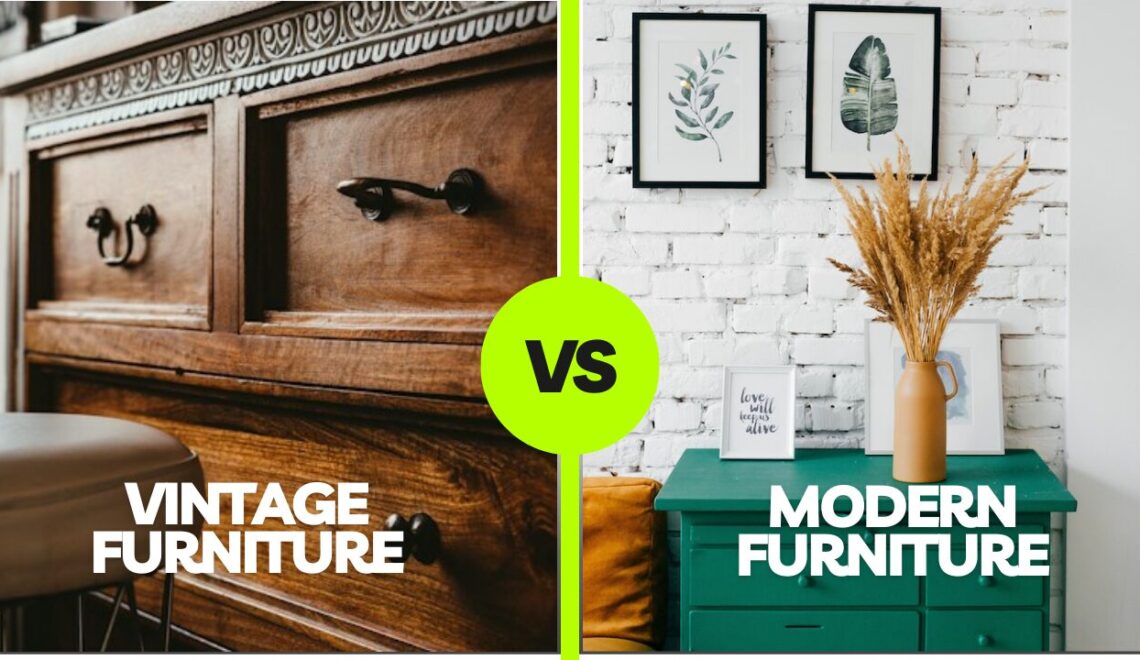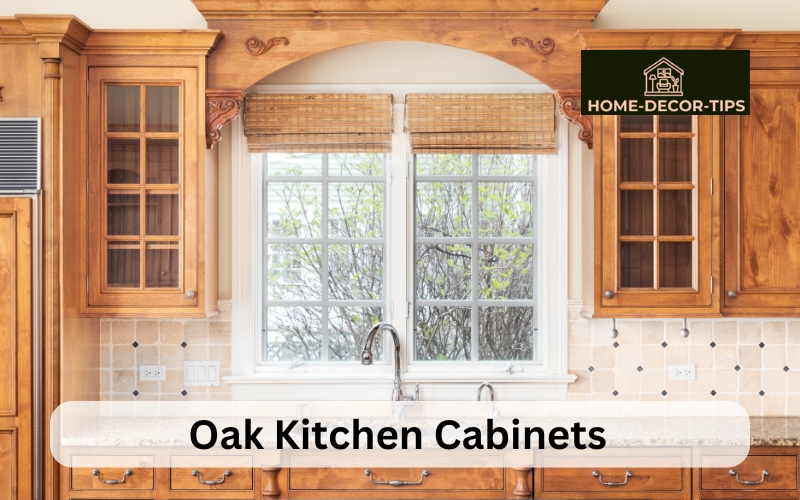Vintage vs. Modern: Finding the Right Furniture Style for Your Home

When it comes to furnishing your home, the choice between vintage and modern styles can significantly impact the overall look and feel of your space. Both styles offer distinct aesthetics and appeal to different tastes and preferences. This guide will help you navigate the decision-making process and find the right furniture style for your home.
Vintage Furniture:
- Vintage furniture refers to pieces that are at least 20 to 100 years old, typically from past eras such as the mid-century, Victorian, or Art Deco periods. Here are some key characteristics of vintage furniture:
- Timeless appeal: Vintage furniture often has a timeless quality that adds character and charm to a space.
- Unique craftsmanship: Many vintage pieces are handcrafted or made with traditional woodworking techniques, resulting in high-quality craftsmanship and attention to detail.
- Eclectic mix: Incorporating vintage furniture allows you to create an eclectic mix of styles, textures, and eras, adding depth and personality to your home.
- Sustainability: Choosing vintage furniture is a sustainable option, as it reduces waste and promotes recycling and reuse.
Modern Furniture:
- Modern furniture, also known as contemporary furniture, refers to pieces that reflect current design trends and aesthetics. Here are some key characteristics of modern furniture:
- Clean lines: Modern furniture is characterized by clean lines, sleek silhouettes, and minimal ornamentation, creating a streamlined and sophisticated look.
- Functionality: Modern furniture often prioritizes functionality and practicality, with innovative designs that maximize space and efficiency.
- Minimalist aesthetic: Modern furniture embraces a minimalist aesthetic, with neutral colors, smooth surfaces, and an emphasis on simplicity and elegance.
- Versatility: Modern furniture is versatile and adaptable, making it suitable for a wide range of interior styles, from urban lofts to suburban homes.
Factors to Consider:
- Personal preference: Consider your personal style and preferences when choosing between vintage and modern furniture. Do you prefer the timeless elegance of vintage pieces or the sleek sophistication of modern designs?
- Existing decor: Take into account the existing decor and architectural style of your home. Vintage furniture may complement traditional or eclectic interiors, while modern furniture may suit contemporary or minimalist spaces.
- Lifestyle and needs: Consider your lifestyle and practical needs when selecting furniture. Vintage pieces may offer unique charm but may require more maintenance and care, while modern furniture may provide greater functionality and ease of use.
- Budget: Determine your budget for furnishing your home and explore options within your price range. Vintage furniture can vary widely in price depending on rarity and condition, while modern furniture is available at a range of price points to suit different budgets.
Conclusion:
Whether you choose vintage or modern furniture for your home ultimately depends on your personal style, preferences, and lifestyle. Both styles offer unique advantages and can contribute to a beautifully curated space that reflects your individual taste and personality. By considering factors such as aesthetics, functionality, existing decor, and budget, you can find the right furniture style to create a home that is comfortable, stylish, and uniquely yours.







